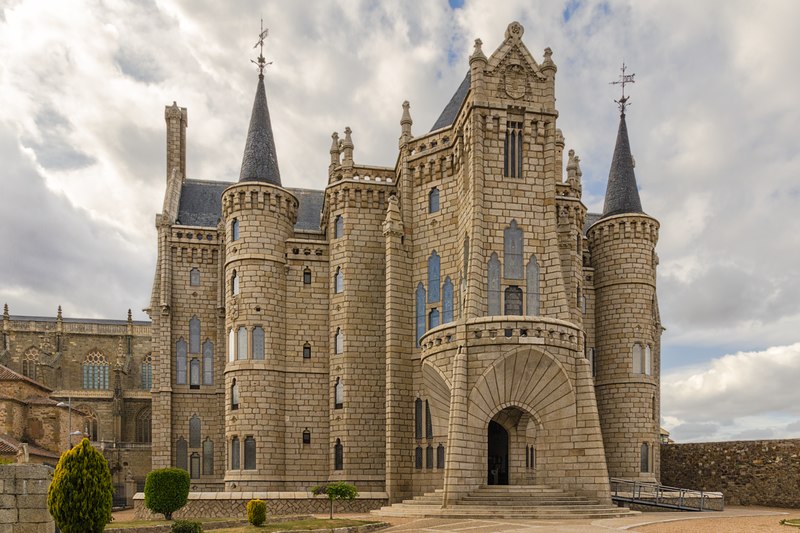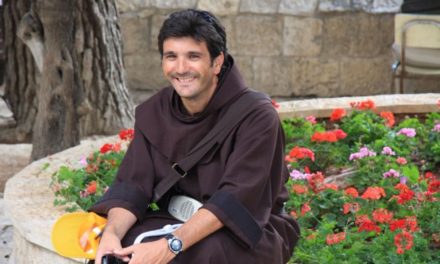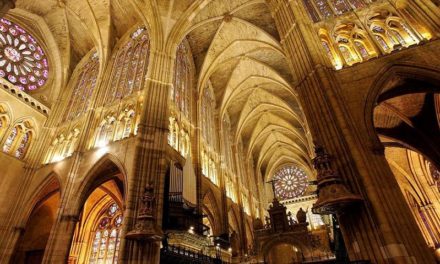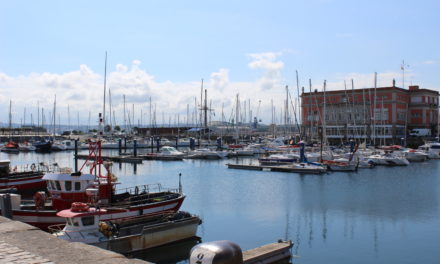The pilgrim who approaches Astorga from the plain can see it high up on the hill that precedes San Justo de la Vega. Astorga is one of the most important centres on the Camino de Santiago, well- known for its history and cultural richness wealth. Thanks to its central role in Roman communications, it also has an important role as a crossroads, being the meeting point between the French Way and the old Vía de la Plata.
The origin of Astorga is Roman, since it was in Roman times when it was established as an important capital for the gold trade, the gold being extracted from the Gallaecia and Asturica mines. For this reason it was built on a communications hub- in a central point crossed not only by the Via de la Plata, but also by eight other Roman roads. From the Roman period the town contains numerous archaeological remains, although most of them are still hidden in its subsoil. As a testimony to this past there is French Way, where a section of the entrance to Astorga some paved fragments of the old roadway are still preserved.
During the Middle Ages, Astorga experienced another era of splendor thanks to the passage of the Camino de Santiago. From this medieval period, its wall stands out, of which part of its Roman foundations are preserved, reinforced by semi-cylindrical cubes of variable diameter. The conserved vestiges are built with ashlars of unequal size that conserve numerous inscriptions, fragmentary or complete.
Probably these walls are not of Roman origin, but medieval. However, they are very early because we know that they already existed in the time of Almanzor (938-1002), whose troops would have damaged them considerably. These and other depredations would have been repaired in an important restoration carried out in 1230 by order of Bishop D. Nuño. The walls were kept for quite complete centuries, still retaining five doors in the eighteenth century. One of them, known as Puerta del Sol, served as an access to the Camino, which reached the square of the convent of San Francisco.
In fact, it was near the convent of San Francisco that the pilgrims’ hospital of the city was built, dedicated to San Esteban and belonging to the monastic brotherhood of the same name. The existence of the hospital is documented in the fifteenth and sixteenth centuries, appearing in these documents linked to the assistance to pilgrims and located on the edge of the French Way. In addition to the hospital of San Esteban we know of the existence of at least four more, the five being finally fused into a single establishment in the sixteenth century.
From the convent of San Francisco we know that its foundation dates back to the late Middle Ages and that according to legend it would have been due to St. Francis himself, however the oldest documentation allows us to locate its foundation a little later, around 1273.
From that same period we also learn of the existence of a Jewish quarter in the center of the city, which explains the old place name of one of the streets that lead to the current Plaza Mayor: rúa das Tyendas.
The most famous buildings and monuments of Astorga have a religious character- one is undoubtedly the cathedral and the other is the Episcopal Palace, designed by Antonio Gaudí.
The Cathedral of Astorga is dedicated to Santa María, it began to be built at the end of the 15th century, and working on it were some great architects, such as Rodrigo Gil de Hontañón and Francisco de Colonia. The construction lasted for centuries, ending in the eighteenth century. The main facade and much of the exterior of the cathedral are Baroque style but the long history of its construction and the addition of artistic styles is evident in its interior, with a beautiful set of stained glass windows, many of them from the 16th century, an extraordinary Romanesque sculpture of the Virgin of the Majesty and, above all, the fantastic main altarpiece of the sixteenth century, work of the Castilian sculptor Gaspar Becerra which is redolent of the great influence of Michelangelo.
The city was for centuries a bishopric, the current Episcopal Palace is due to the patronage of one of its bishops, the Catalan Grau Vallespinós, who commissioned the architecture from Antonio Gaudí in 1889. The extraordinary modernist architecture is worth a visit also to the interior, since it contains numerous modernist elements. In addition, currently, the palace is the headquarters of the Museum of the Ways, created from a collection of pieces of sacred art from throughout the diocese.
Another building that we recommend visiting is that of the church of San Bartolomé, which still preserves some medieval remains. Then, among the civil architecture, there is that of the Town Hall, an 18th century building on whose facade there is an interesting clock with moving figures.
Photo: We have taken this image of the Commons Wikipedia project, its author is Javier Montes.











